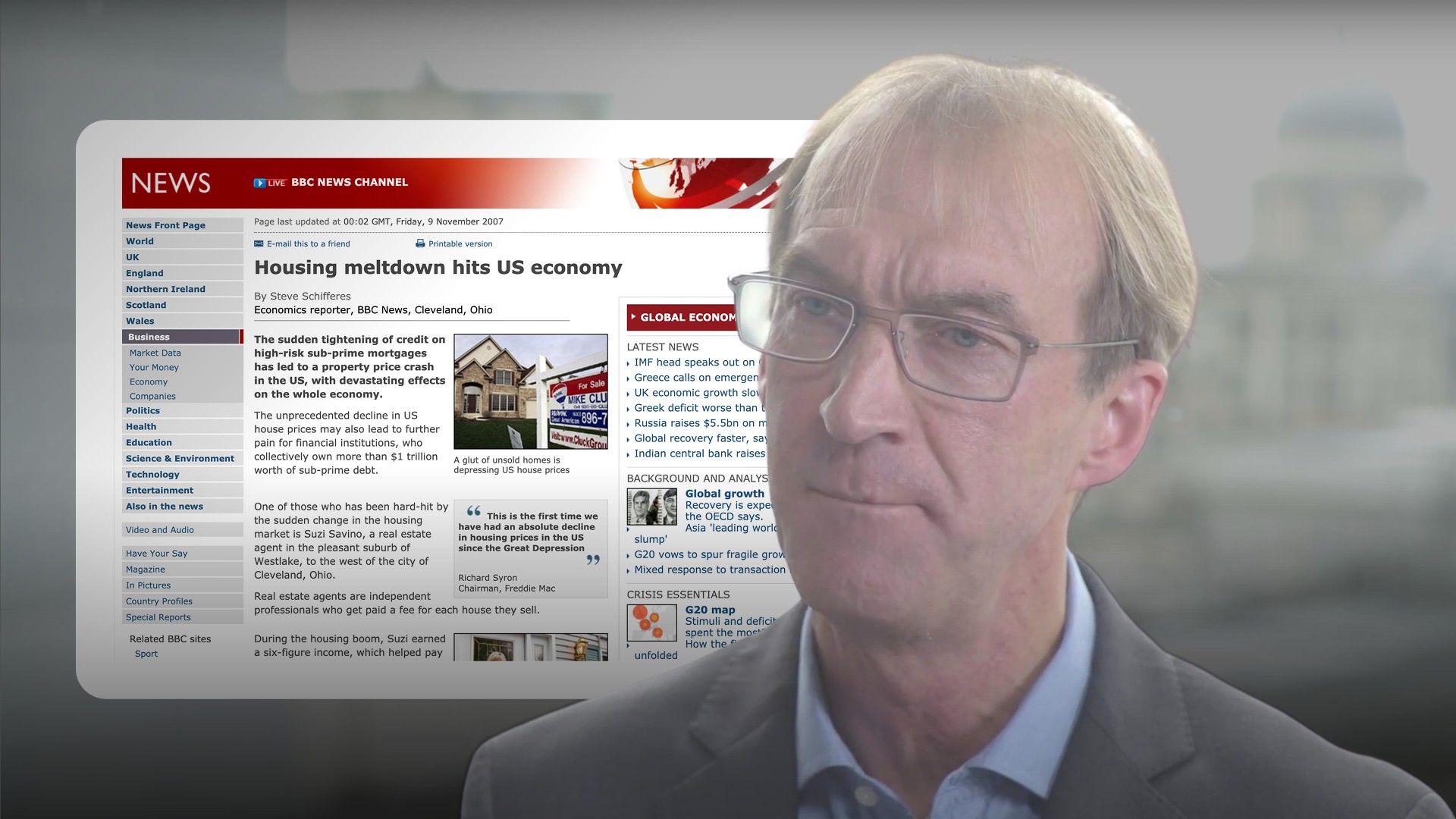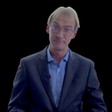
Misconceptions of the 2008 Financial Crisis

Kevin Gardiner
30 years: Macroeconomist
Many contrasting view are held about the causes of the global financial crisis. Kevin outlines his view on the matter and why it differs to the popular opinion.
Many contrasting view are held about the causes of the global financial crisis. Kevin outlines his view on the matter and why it differs to the popular opinion.
Subscribe to watch
Access this and all of the content on our platform by signing up for a 7-day free trial.

Misconceptions of the 2008 Financial Crisis
9 mins 42 secs
Key learning objectives:
Discuss the popular view for the cause of the financial crisis
Explain the the real cause of the financial crisis in 2008
Overview:
The common (misguided) view of the global financial crisis of 2008 that there was too much debt in the economy. Instead the cause can be traced back to the collapse of the US housing market and the complicated securities that mortgages were backing. This occurred because of a mix of overly ambitious policy and reckless lending. Collateralised debt obligations (CDOs) and really complex securitisations meant that, when things went wrong, it was tremendously difficult to unravel exactly what the root cause was.
Subscribe to watch
Access this and all of the content on our platform by signing up for a 7-day free trial.
Subscribe to watch
Access this and all of the content on our platform by signing up for a 7-day free trial.

Kevin Gardiner
There are no available Videos from "Kevin Gardiner"



























